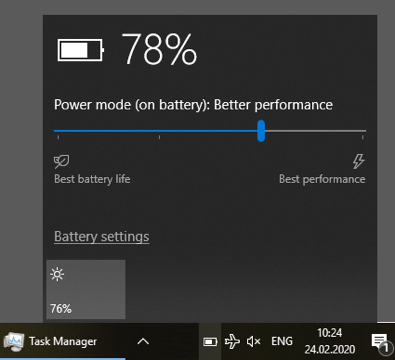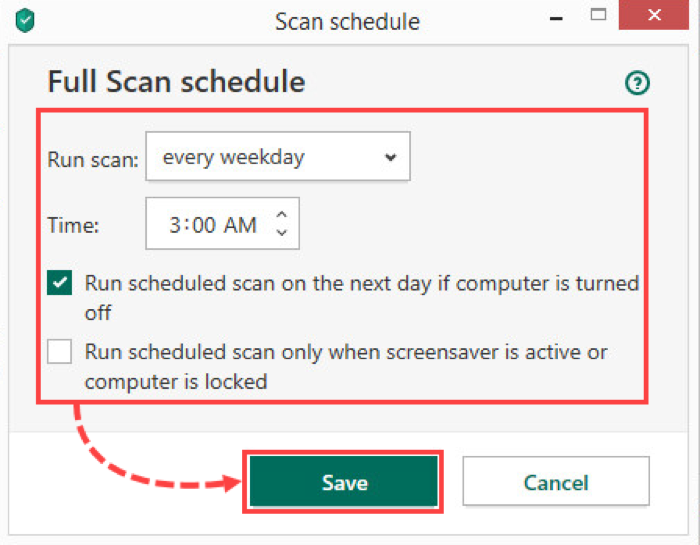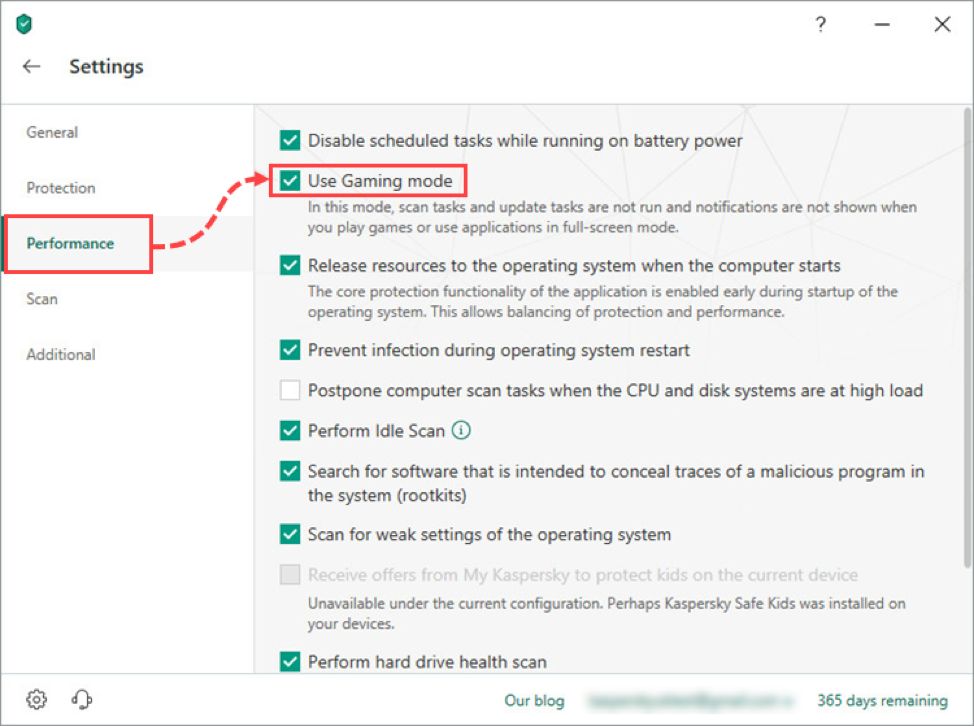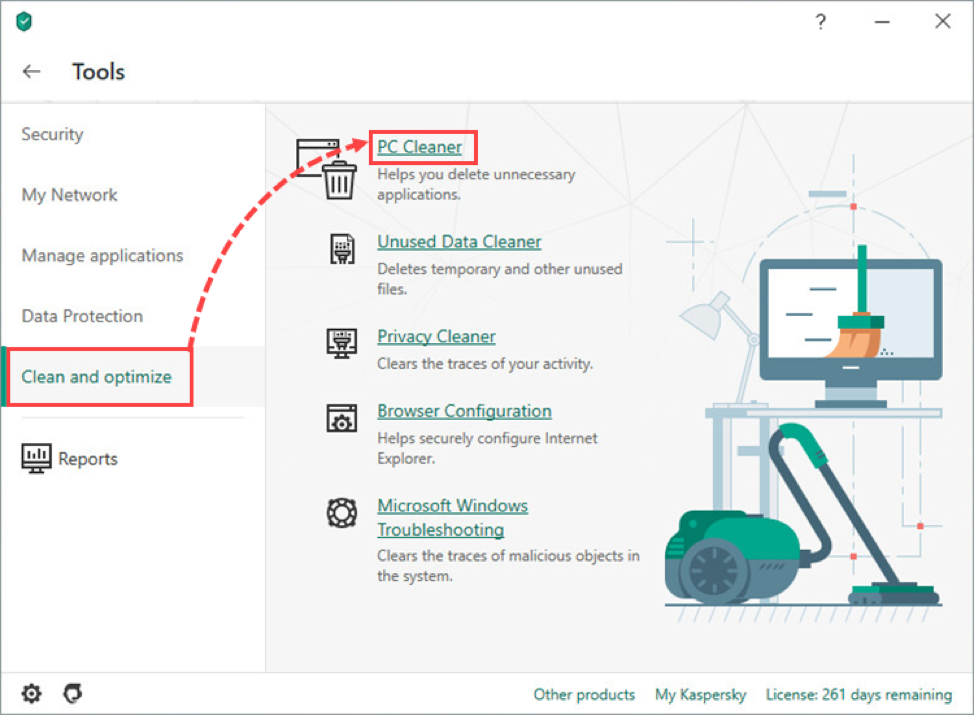7 steps to minimize game lags in Windows 10
Losing a multiplayer match because your computer suddenly froze for 50 milliseconds can be bitter. The good news is that you can prevent this mishap in the vast majority of cases. In this post we focus on the software-related problems and solutions that are most common for modern gamers. These seven tips will help you minimize performance-related defeats.
Mục lục bài viết
1. Rule out Internet issues
Make sure your Internet has stable speed and latency (signal delay). Open your Web browser and navigate to a comprehensive speed testing service such as speedtest.net or dslreports.com. Make sure that Internet speed is adequate (most games will do fine with 10 Mbit/s, but video streaming the whole thing requires 50–100 Mbit/s) and a really small delay (aka ping). Modern fiber optic channels typically get you a 5–50 ms ping, which is fine for most games. A delay in hundreds of millisecond might be a real obstacle to winning a battle royale.
Fixing this issue might involve experimenting with your router’s Wi-Fi settings, moving it closer to your gaming computer, switching to a wired connection between computer and router (keep in mind that pro players use wired connections only) or even changing your Internet provider. We will cover all that in a separate article one day, but for now let’s switch to software issues and tweaks.
2. Optimize your game’s video settings
If your game is too resource-hungry and your graphics card cannot provide enough processing power, the gaming experience could be frustrating. Setting a lower detail level or reducing resolution in the game settings can help a lot. Focus on reducing eye candy while maintaining things such as viewing distance that help you win. Switch on an FPS indicator if it’s supported by the game settings, and fine-tune settings until you can consistently squeeze 30–60 frames per second out of your system. More is better (and gives you some room for graphics enhancements); less is usually considered unplayable for dynamic games such as shooters. For online gaming more than 60 FPS is highly recommended.
3. Optimize your power settings
This one is critical for laptops but relevant for other computers too. Make sure you’re playing on AC power and have the best performance mode enabled. The easiest way to adjust that is to click the battery icon in the task bar and move the slider to the far right, where the “Best performance” setting is located.

4. Halt unnecessary applications
Any apps that compete for resources with the game can introduce that dreaded lag. It may help to close all browser windows, unneeded chat apps, and everything else that is not system-level and not related to the game you’re playing. This small trick alone can solve the issue with lags.
To get an idea of what apps consume the most memory and processing power, use Windows’ Task Manager app. If you click the “More details” button in the lower part of its window, it will flood you with details on all processes running. Sort this table by the “Memory” and “CPU” columns and consider closing the hungriest processes. You may also find some additional offenders, like a messenger client you didn’t even realize was running in the background, or some other unobtrusive app.
5. Set up antivirus properly
Many gamers think an antivirus or Internet security solution is the app worth stopping. Some go as far as uninstalling it permanently. In reality, this approach is outdated and unhelpful. In fact, it can even make your games run slower!
Consider two things: First, in Windows 10 you can’t have no antivirus at all — if you turn off a third-party solution, Windows Defender automatically jumps into action. Second, not all antiviruses are created equal. Some security solutions have a dedicated gaming mode that minimizes their impact on PC performance, but Windows Defender doesn’t provide such a luxury.
Keep in mind that you probably have one more “bonus” antivirus that you’re not aware of. It’s hidden inside … Google Chrome! That AV also has very limited settings, and nothing particularly useful for gamers. That’s another reason to close browser windows when you’re trying to optimize your computer speed.
That said, the right approach to the AV question is to install one of a few security solutions that have both a proven minimal impact on speed and a dedicated gaming mode to reduce lag and disable any pop-ups, additional scans, and so forth. We will demonstrate with Kaspersky Internet Security and Kaspersky Security Cloud, which have consistently received top marks for performance and efficiency for quite a few years already.
- Make sure that any scheduled scans or updates are set for times when you’re not gaming:

- Use gaming mode. This mode turns on automatically whenever a full-screen app is running, and in this mode the security solution will not run full scans or update databases so as not to disturb you.

6. Set up Windows Update properly
Certain Windows 10 subsystems’ background operations can be the cause of sudden delays. Most notably, when Windows Update is downloading and installing something, it hits performance substantially. That’s why it helps to set the update schedule for times when you’re not gaming: Open Windows 10 settings, navigate to Windows Update, and click “Change active hours.” The description states that active hours affect restart times only, but this setting actually informs other update tasks as well.

7. Keep your computer tidy
As time goes by, almost every computer shows some speed degradation. The major reason for this slowdown is the accumulation of junk files and apps. To help your computer run faster, you should clean out temporary files, archive or delete unneeded documents, and uninstall the games you don’t play anymore. Many dedicated apps do this maintenance for you, and Kaspersky Total Security and Kaspersky Security Cloud also perform cleanup functions.

With all of the steps above taken, your computer should be a failure-proof gaming rig — and winning the game becomes a matter of tactics, training, and teamwork.











